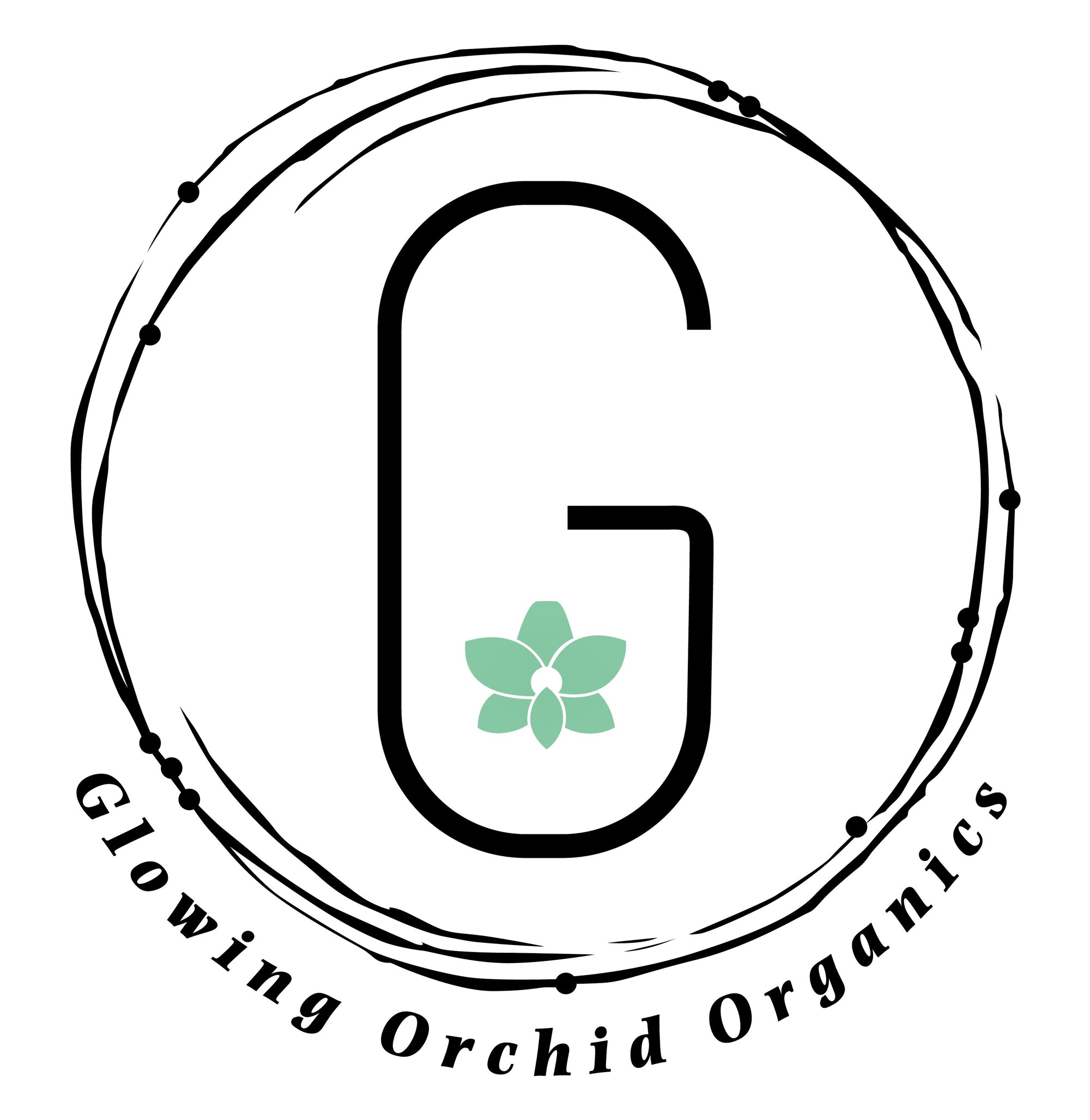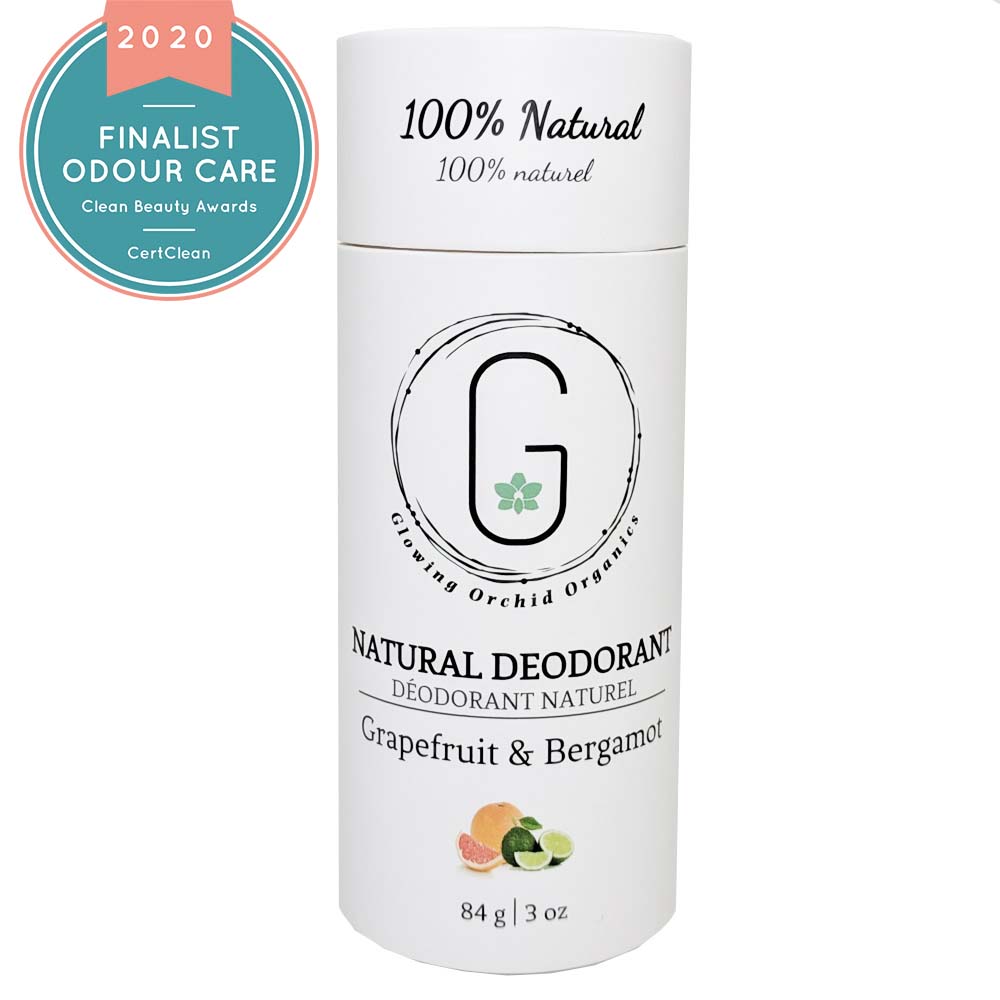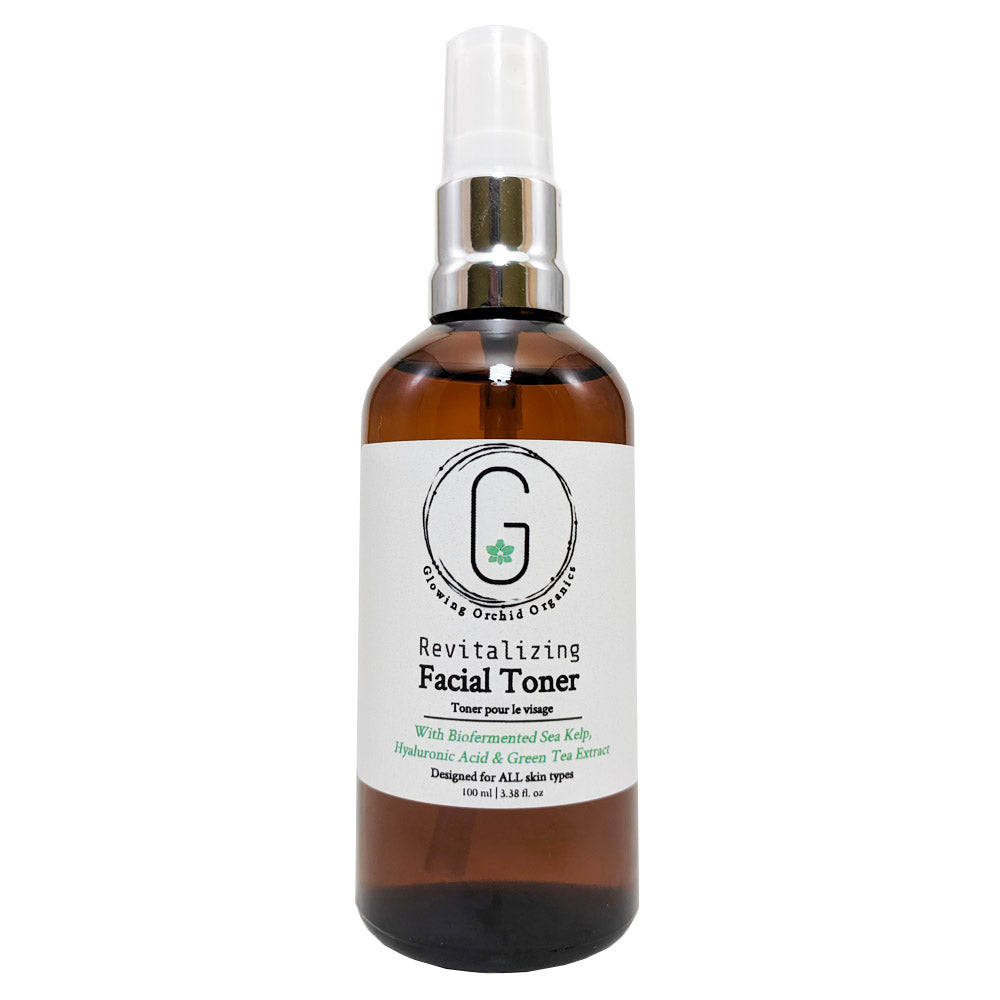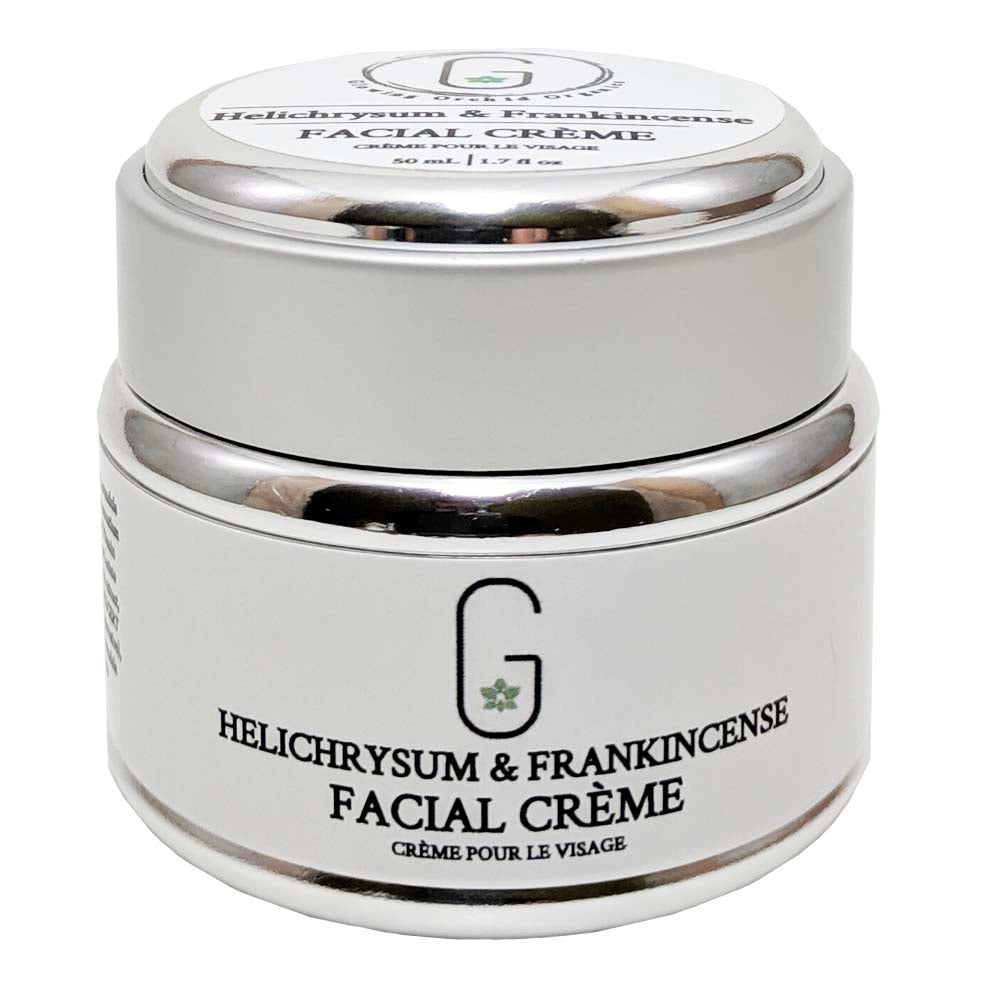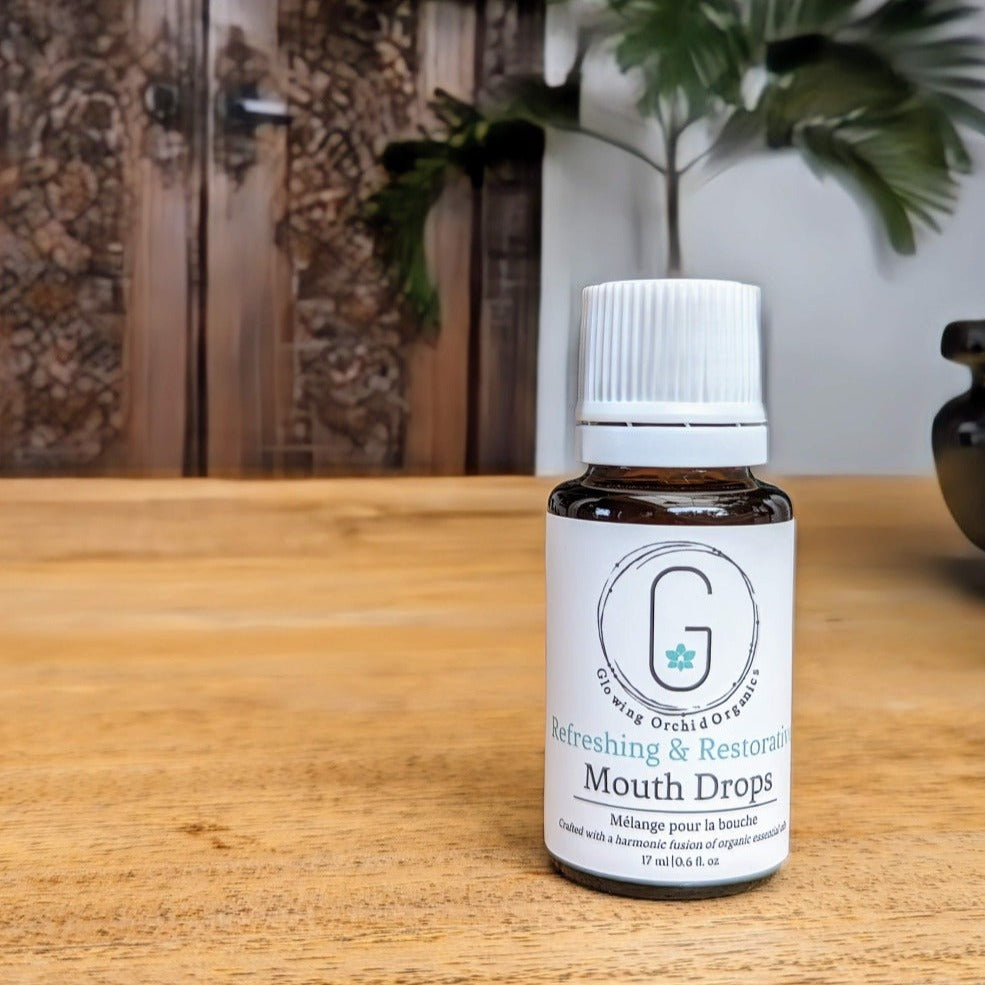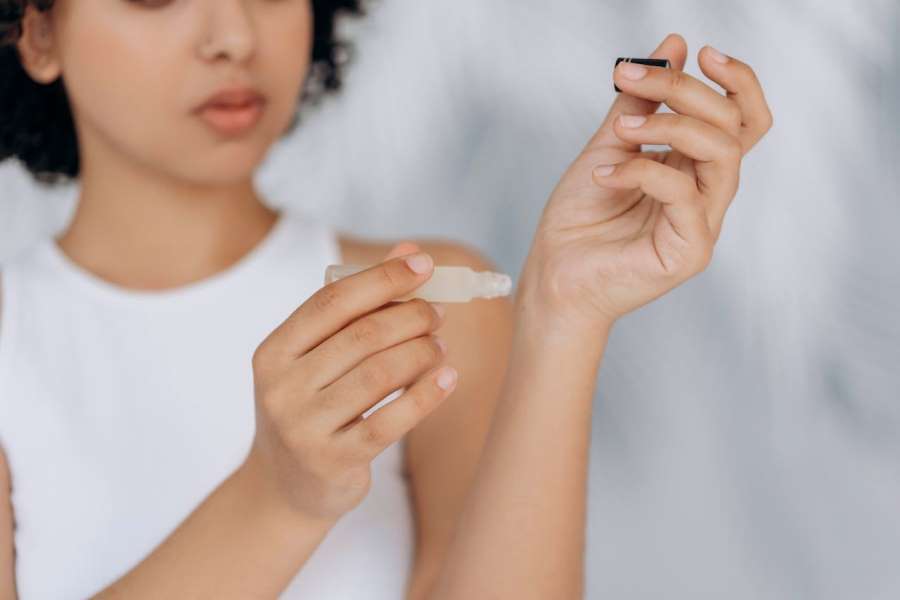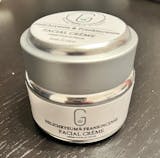Moisturizers, shampoos, powders, and mascaras. These cosmetics and personal care products are mainstays in our beauty routine. We don’t really think about how safe they are because, well, they’re just on our skin – we can just wash them off without any long-term effects, right?
Not quite.
In recent years, scientists have sounded the alarm over chemicals in cosmetics that seep through our skin and into our bloodstream. Once inside our bodies, these risky compounds wreak havoc on our hormones and organ function, leading to a range of health problems including cancer.
It turns out, the effects of these products are not just skin-deep. Read this guide on what personal care ingredients to watch out for, and how you can phase them out of your routine for good.
